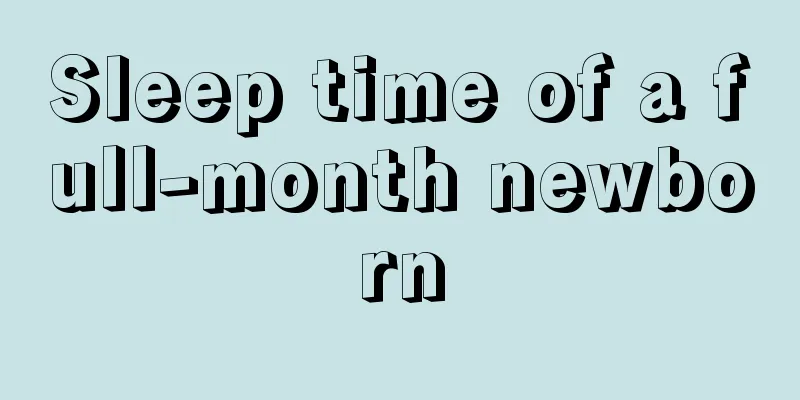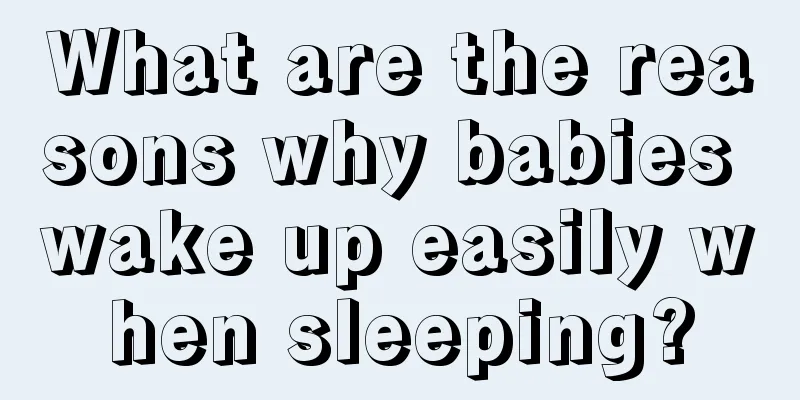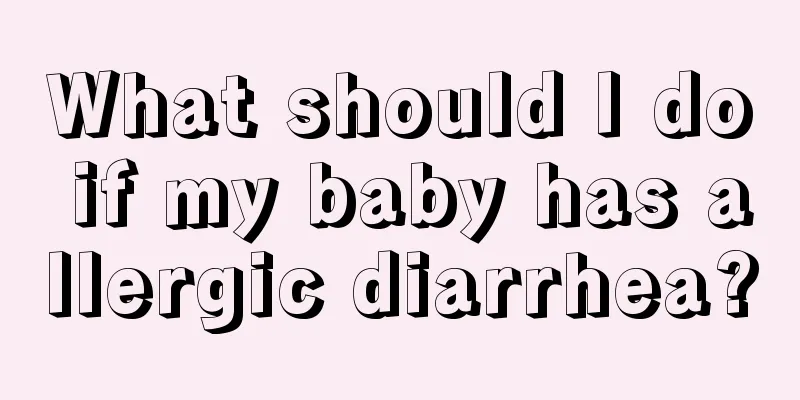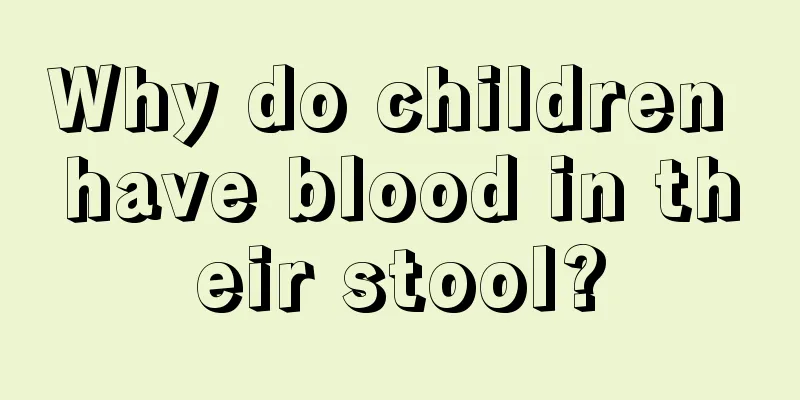What are the symptoms of encephalitis in children? The doctor replied!
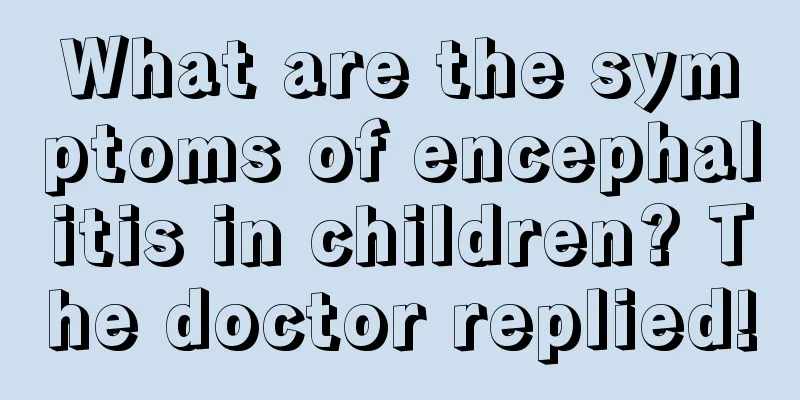
|
If infants and young children suffer from encephalitis, they will initially experience fever, vomiting and headache. Some infants and young children will have diarrhea. As the disease progresses, they will experience coma, convulsions, abnormal behavior and other symptoms. This is an acute infectious disease. Children under ten years old are easily infected and the harm is very great. The following are the many manifestations of pediatric encephalitis. 1. Symptoms 1. Children in the prodromal phase have symptoms such as fever, headache, myalgia, vomiting, and diarrhea. 2. The symptoms of encephalitis vary in severity, mainly manifested as neuropsychiatric abnormalities. Manifestations of neurological abnormalities include fever, headache, vomiting, drowsiness, coma, convulsions, etc. In severe cases, abnormal symptoms may occur in the cerebrum, hypothalamus, basal ganglia, brainstem, cerebellum and spinal cord. Mental abnormalities manifest as excitement, talkativeness, irritability, crying and laughing at random, insomnia, abnormal behavior, hallucinations, fantasies, or indifferent expression, silence, decreased activity, refusal to eat, poor orientation, memory loss, incontinence, etc. 3. Associated symptoms: Symptoms of corresponding viral infection occur before or simultaneously with the onset of encephalitis. II. Hospitalization General treatment: Children with encephalitis should be hospitalized. After hospitalization, closely observe changes in consciousness, pay attention to changes in body temperature, pulse, breathing and blood pressure. Pay attention to pupil size at any time. Once changes occur, symptomatic treatment should be carried out. Pay attention to nutrition and calorie supplementation, and comatose patients can be fed through the nose. Frequent convulsions should be intravenously infused, with a daily fluid volume of 50-0ml/kg. When using dehydrating agents, pay attention to supplement potassium salts. Comatose patients should be turned over frequently, keep their skin clean and dry, and prevent bedsores. Keep the mouth clean. Comatose patients who cannot close their eyes should protect their eyes, pay attention to hygiene and protect the cornea. Children with convulsions should prevent tongue bites and prevent the root of the tongue from falling back and blocking the respiratory tract. 3. Symptomatic treatment 1. When the fever is high, the room temperature should be lowered (controlled at 26-28℃). Physical cooling can be performed on the patient, such as alcohol bath, warm water bath or ice pack. Analgin can be used for nasal drops or intramuscular injection of Bupleurum. If the fever persists or is accompanied by convulsions, sub-hibernation therapy can be used (using chlorpromazine and promethazine 0.5-1mg/kg each time, intramuscular injection once every 4-6 hours. 2. Antispasmodics can be used to control convulsions, such as phenobarbital sodium 5-8 mg/(kg.time), intramuscular injection; diazepam 0.1-0.3 mg/(kg.time), intramuscular injection or intravenous injection, but it should not be used immediately after phenobarbital to prevent respiratory depression; chloral hydrate 40 mg/(kg.time), retention enema; paraformaldehyde 0.15-0.2 ml/(kg.time), intramuscular injection, the maximum dose should not exceed 5 ml. The above antispasmodics can be used once every 4-6 hours and rotated. In addition, if the convulsion is caused by cerebral edema, dehydration drugs should be given; if it is caused by respiratory secretion blockage, insufficient ventilation and brain cell hypoxia, sputum suction, oxygen, tracheotomy and pressurized breathing should be performed if necessary; if it is caused by high fever, cooling treatment should be given. 3. Treatment of respiratory failure: First, analyze the cause of respiratory failure and take rescue measures. The airway must be kept open and oxygen must be given. Dehydrating agents, cortical hormones, respiratory stimulants, etc. can be used for patients with respiratory failure due to brain parenchymal inflammation, cerebral edema, and brain herniation. |
<<: What to do if your baby has a fever after vaccination
>>: What to do if a child has a rash? That’s the scientific method!
Recommend
What to do if your baby has jaundice
Jaundice is a common symptom among many newborns....
Can thrush in children heal on its own?
Thrush is an oral disease that is common among in...
What should I do if my baby doesn't sleep enough?
I believe everyone knows the importance of sleep ...
When does the baby start to defecate after using the enema?
Suppository is a medicine specifically for consti...
Nine kinds of lutein drinks can keep children from the risk of myopia
Numerous studies have shown that if a person is n...
What is the reason for children's cross-eyes?
Cross-eye is an eye disease that often occurs in ...
How to make baby vegetable noodles
Generally, babies can eat complementary foods at ...
Why does a newborn baby keep crying?
The crying of newborn babies is something we are ...
What to do if your baby has indigestion
Our baby’s health always comes first in every fam...
What calcium supplements are good for a five-year-old child?
If you want to supplement your child's calciu...
My child has been losing his temper lately. What's going on?
Losing temper is quite common in our lives. Peopl...
How to take care of a child's slow growing hair?
When babies are born, we find that some babies ha...
The cause of white spots on baby's fingernails
In fact, we need to be especially careful when ta...
8 fraud prevention strategies that children must know
1. Children's Songs to Protect Children The d...
What should I do if my baby feels cold after the fever subsides?
What should I do if my baby feels cold after the ...

